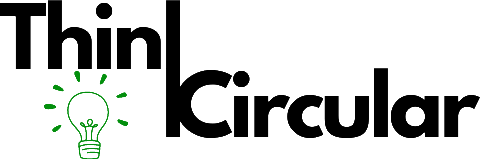Sustainability is a topic that many people encounter in their private lives and at work. Although we can hear and read this term everywhere, the definition is not clearly defined internationally and is used too often. For many companies, small deeds are already sustainable – don’t get me wrong, small deeds are good and are necessary – however, sustainability requires a detailed and also executed overall concept. For this reason, I will go into the explanation of sustainability here and in the blog posts below.
Table of Contents
Definition – Origins
The first written definition of sustainability comes from forestry (English Interpretation below):
Wird derhalben die gröste Kunst / Wissenschafft / Fleiß / und Einrichtung hiesiger Lande darinnen beruhen / wie eine sothane Conservation und Anbau des Holtzes anzustellen / daß es eine continuirliche beständige und nachhaltende Nutzung gebe / weiln es eine unentberliche Sache ist / ohne welche das Land in seinem Esse nicht bleiben mag.
Hans Carl von Carlowitz, Sylvicultura Oeconomica (1713), S. 105–106
As this text is written in old german – and even for me difficult to understand – here is my free translation: “The greatest science of managing the land (in this case the forest) is based on the preservation and cultivation of trees so that there can be continuous, consistent and sustainable use, as this is indispensable for the (use-) sense of the land.”
Carl Carlowitz’s definition is accurate in relation to forestry, but fails in relation to the use of non-renewable resources, for example, as petroleum cannot simply be replanted. Quite understandable, since Carlowitz’s definition is pre-industrial in nature.

Present definition
The most commonly used definition today is the sustainability definition of the (UN) Brundtland Commission, also called the World Commission on Environment and Development:
Sustainable development meets the needs of the present without compromising the ability of future generations to meet their own needs.
Brundtland-Report: Our common future
Present generations must therefore limit their consumption to a level that enables future generations to consume the same amount. This consideration imposes some limits:
Resource limits
The limit of resources, which must be preserved in sufficient quantities, making a circular economy necessary, which in turn enables the efficient use of resources.
Climate limits
The limit of the earth’s climate, which we must preserve for future generations to an extent that comfortable living conditions exist.
Economic limits
The limit of the economy and companies that have to act intrinsically sustainable in order to be able to comply with the limits mentioned above and to ensure economic stability – in the eye of resource scarcity and CO2 pricing – in the world market.
Social limits
And last but not least, the limit of social development, which must be inclusive, anti-racist and anti-sexist focused in order to avoid the chances of unpredictable disruptions (such as wars) in the future and thus prevent massive human and environmental damage.
Environment – Economy – People
Accordingly, the 3 pillars of sustainability comprise the sustainable use of the environment (this includes the careful use of resources and the limitation of global warming), a sustainably built economy and sustainable social structures.
Blog Posts Sustainability
Clouds
“Have you ever thought about clouds?” A cloud is a formation of watermolecules around a condensation nucleus. Condensation nuclei can either be a kind of air pollution or ionized natural molecules. As a cloud develops around its nucleus it grows till it is so big that we are able to see them in the sky.…
Read more

